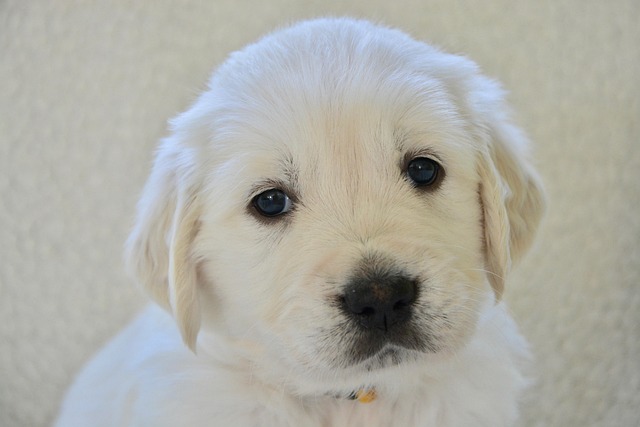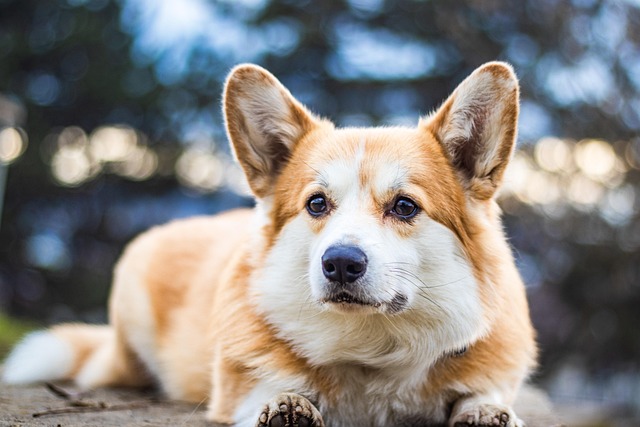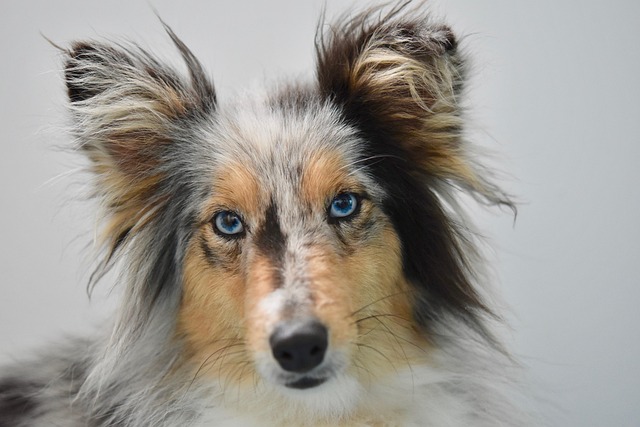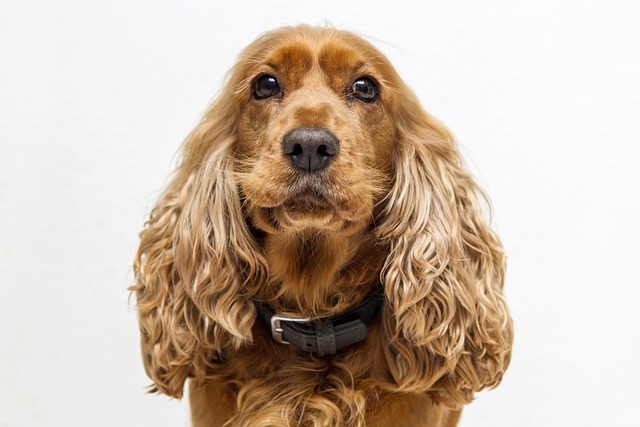Walking your dog should be one of life's simple pleasures, but for many owners, it becomes a source of stress and embarrassment when their furry companion lunges, barks, or shows aggressive behavior toward other dogs. If you're struggling with how to stop dog reactivity on walks, you're not alone—and more importantly, you're not dealing with a "bad" dog. What you're witnessing is often a complex emotional response that, with patience and the right approach, can be transformed into calmer, more enjoyable outings for both of you.
Dog reactivity during walks isn't simply about dominance or aggression, though it might appear that way on the surface. Actually, most reactive behavior stems from fear, anxiety, or frustration—emotions that create a fight-or-flight response in dogs just as they do in humans. When a dog feels trapped on a leash and encounters what they perceive as a threat, their options become limited, and reactivity often becomes their go-to coping mechanism.
The science behind this behavior reveals fascinating insights into canine psychology. Dogs experience emotional flooding during reactive episodes, where their stress hormones spike and rational thinking essentially goes offline. This physiological response explains why traditional training methods focused on punishment or dominance often backfire—you can't reason with a flooded brain, whether it belongs to a human or a dog.
Understanding canine body language becomes crucial in addressing reactivity before it escalates. Dogs communicate their emotional state through subtle signals long before they reach the point of barking or lunging. A stiff body posture, raised hackles, or a tucked tail can indicate mounting stress. You might notice your dog's ears pinned back, their breathing becoming rapid and shallow, or their eyes showing more white than usual—what trainers call "whale eye."
Even more telling are the micro-expressions that happen in milliseconds. A dog might freeze momentarily when spotting another dog, their mouth might close suddenly if they were previously panting, or they might start excessive sniffing or scratching as displacement behaviors. These signals are your dog's way of saying, "I'm not comfortable with this situation," and recognizing them gives you the opportunity to intervene before emotions spiral out of control.
The key to reading your dog's body language lies in observing their baseline behavior during calm moments. Every dog has their own unique way of expressing stress, and what looks like excitement in one dog might be anxiety in another. Some dogs become hypervigilant, scanning their environment constantly, while others might seem to "shut down" and become unusually quiet or slow-moving.
Identifying emotional triggers in reactive dogs requires detective work and honest observation. Distance often plays a crucial role—your dog might be perfectly calm when another dog is fifty feet away but become reactive at twenty feet. This threshold distance varies not just between dogs but can fluctuate based on your dog's emotional state on any given day.
Past experiences significantly influence these triggers. A dog who was attacked by another dog might react to specific breeds, sizes, or even colors that remind them of their traumatic experience. However, it's important to note that trauma doesn't always involve dramatic incidents. Sometimes repeated exposure to stressful situations, like being overwhelmed at dog parks or having negative encounters with poorly socialized dogs, can create lasting emotional associations.
Environmental factors also play a role that many owners overlook. Narrow sidewalks, busy streets, or even weather conditions can heighten a dog's stress levels and lower their threshold for reactivity. A dog who seems fine in open spaces might become reactive when they feel cornered or trapped, especially when on-leash and unable to create distance naturally.
The most effective strategies to prevent dog reactivity with empathy start with changing our own mindset. Instead of seeing reactive behavior as something to suppress or punish, we can view it as valuable communication from our dogs about their emotional state. This shift in perspective opens up a world of possibilities for creating positive change.
Gradual desensitization forms the foundation of empathetic training approaches. This involves exposing your dog to their triggers at a distance and intensity where they can remain calm, then slowly decreasing that distance over time. The process requires patience—we're essentially rewiring your dog's emotional response, which happens through repeated positive experiences rather than forced confrontation.
Counter-conditioning works hand-in-hand with desensitization. While your dog observes other dogs from a comfortable distance, you pair that experience with something wonderful—high-value treats, praise, or play. Over time, the sight of other dogs begins to predict good things rather than stress or conflict. This technique taps into the same neurological pathways that create emotional associations in human learning.
Management strategies become equally important during this process. Using tools like front-clip harnesses can give you better control without causing discomfort, while techniques like the "about turn" allow you to redirect your dog's attention and create distance when needed. Some owners find success with calming aids like anxiety wraps or natural supplements, though these should complement rather than replace training efforts.
Recent behavioral science findings strongly support compassionate approaches over traditional dominance-based methods. Research shows that dogs trained with positive reinforcement not only learn faster but also develop stronger bonds with their owners and show less stress-related behaviors. Punishment-based techniques, particularly when applied to reactive dogs, often increase anxiety and can make the underlying emotional issues worse.
Studies on canine cognition reveal that dogs are capable of complex emotional processing and can learn to regulate their responses when given the right support. This mirrors what we know about human psychology—that lasting behavioral change happens through building confidence and positive associations rather than through fear or suppression.
The mirror neuron system, present in both humans and dogs, means that our emotional state directly influences our dog's behavior. When we remain calm and confident during potentially triggering situations, we provide emotional regulation for our dogs. Conversely, tension, frustration, or anxiety on our part can amplify our dog's reactive responses.
Creating a positive walking experience requires thoughtful planning and realistic expectations. Start by choosing routes that allow you to maintain adequate distance from other dogs while still providing mental stimulation for your pet. Early morning or evening walks often offer quieter environments, though every neighborhood has its own rhythm that you'll learn to navigate.
Timing becomes crucial when you're working on reactivity. Consider your dog's energy levels, recent meals, and even their sleep quality when planning walks. A tired dog might have lower stress tolerance, while an overstimulated dog might struggle with impulse control. Finding that sweet spot where your dog is alert but not overly excited sets the stage for training success.
Reward systems should focus on calm behavior rather than just the absence of reactivity. Praise and treat your dog for checking in with you, for walking nicely on a loose leash, or for noticing another dog without reacting. This approach builds a foundation of positive behaviors that naturally replace reactive ones over time.
Remember that progress rarely follows a straight line. Some days will be better than others, and setbacks are part of the process rather than signs of failure. Celebrating small victories—like your dog looking at another dog and then looking back at you, or maintaining a relaxed posture when another dog passes at a distance—helps maintain momentum during challenging periods.
The journey to stop dog reactivity on walks ultimately becomes about building a partnership based on trust, communication, and mutual respect. Your dog learns that you'll protect them from overwhelming situations while gradually helping them build confidence. You learn to read their emotional state and respond with empathy rather than frustration. This collaborative approach not only addresses the immediate issue of reactivity but strengthens your relationship in ways that extend far beyond your daily walks.
Professional help from certified dog trainers or veterinary behaviorists can provide invaluable support, especially for severe cases or when progress stalls. These experts can assess your specific situation, identify factors you might have missed, and develop customized training plans that address your dog's individual needs. Don't hesitate to seek professional guidance—it's a sign of responsible ownership, not failure.





